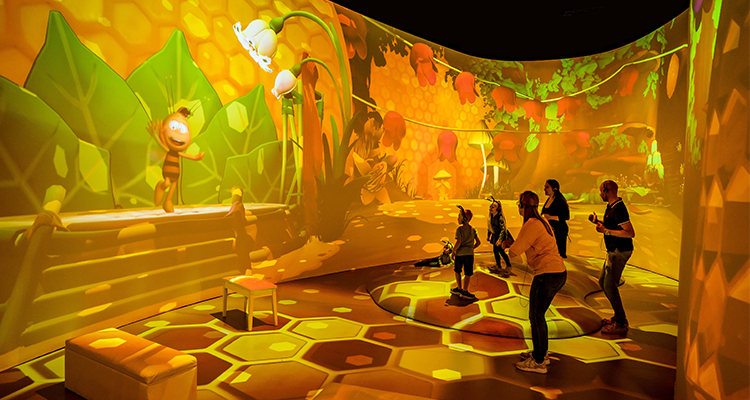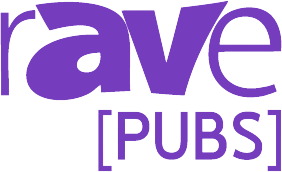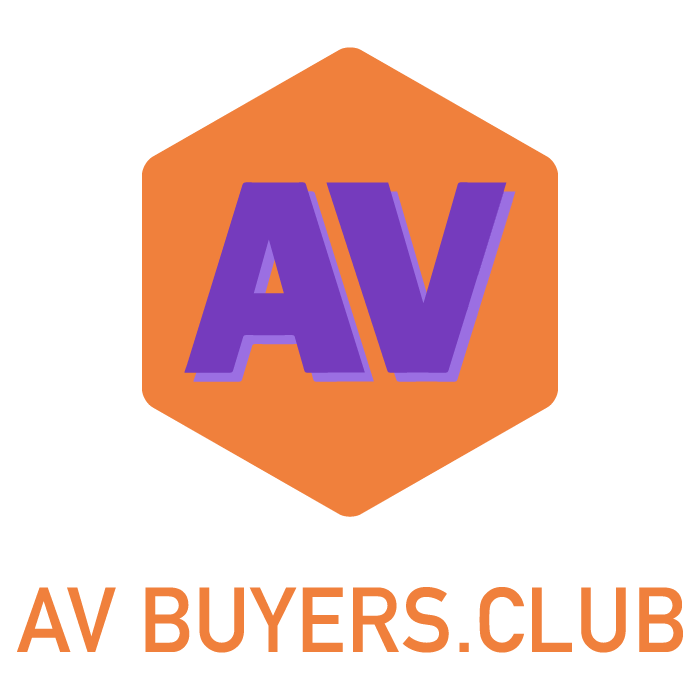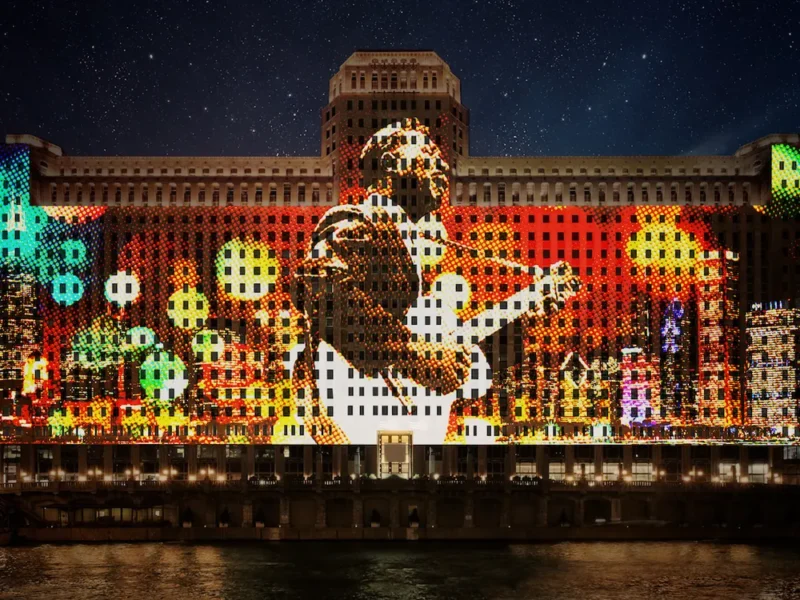Belgium’s First-of-Its-Kind Immersive AV Story
Of course, Belgium is home to many immersive AV experiences in museums, corporations, and institutions. Yet this one, from Studio 100 and CityCubes, is an independent immersive story-telling business model.
After, everyone loves a good story. And today’s AV technology lets you begin each story’s “Once upon a time…” with immersive video and audio.

This story-based attraction, Studio 100 Story Studio in the Meir in Antwerp, uses life-size wall and floor projections to immerse the audience in each adventure, with an audio story told through headphones as the audience moves from room to room.
With an hour-long show starting every 15 minutes, up to six different story experiences are run in parallel.
For example, one of the main stories takes place aboard an archaeology ship trying to discover the mythical city of Atlantis. During the experience, visitors are guided through different times, locations, and dimensions to the supposed current location of Atlantis.
Each of the six rooms at Studio 100 Story Studio houses a part of the story and, as the visitors progress, more pieces of the puzzle are revealed.
Another story takes you into the world of “Maya the Bee,” a classic children’s book (and international phenomenon as an acclaimed animation series). The Maya story arc is even more interactive than Atlantis, with visitors of all ages being invited to dance, fly and shake like the world-famous bee.
Fifty-two Panasonic projectors provide immersive visuals for this attraction, simultaneously controlled and driven by AV Stumpfl PIXERA servers and software (one master and five render engines). A show starts every 15 minutes and takes about one hour, with six shows are being run in parallel from the single PIXERA master.
One PIXERA RAW server also takes care of all floor projections (15 outputs split by Datapath FX4 and routed through an IDK FDX-32 Modular Matrix Switcher), while the wall projections in every single room have their dedicated PIXERA server, playing backup to 12K wide uncompressed content per server.
The portable wireless headsets, synced by timecode, are also controlled by the same PIXERA master server. Additional audio outputs play back commercials and effects in some of the rooms (on top of the timecode-driven headsets).
The programming of the PIXERA system is by Sander de Schrijver, while the technical equipment is supplied by AED Display. The visual content was created by Prismax and formatted as uncompressed TIFF sequences.
Additional companies involved in this project include The Production Box and Flex solutions.
The Studio expects other stories and experiences will be added in the future to attract families and all ages to this Antwerp story-telling studio.




